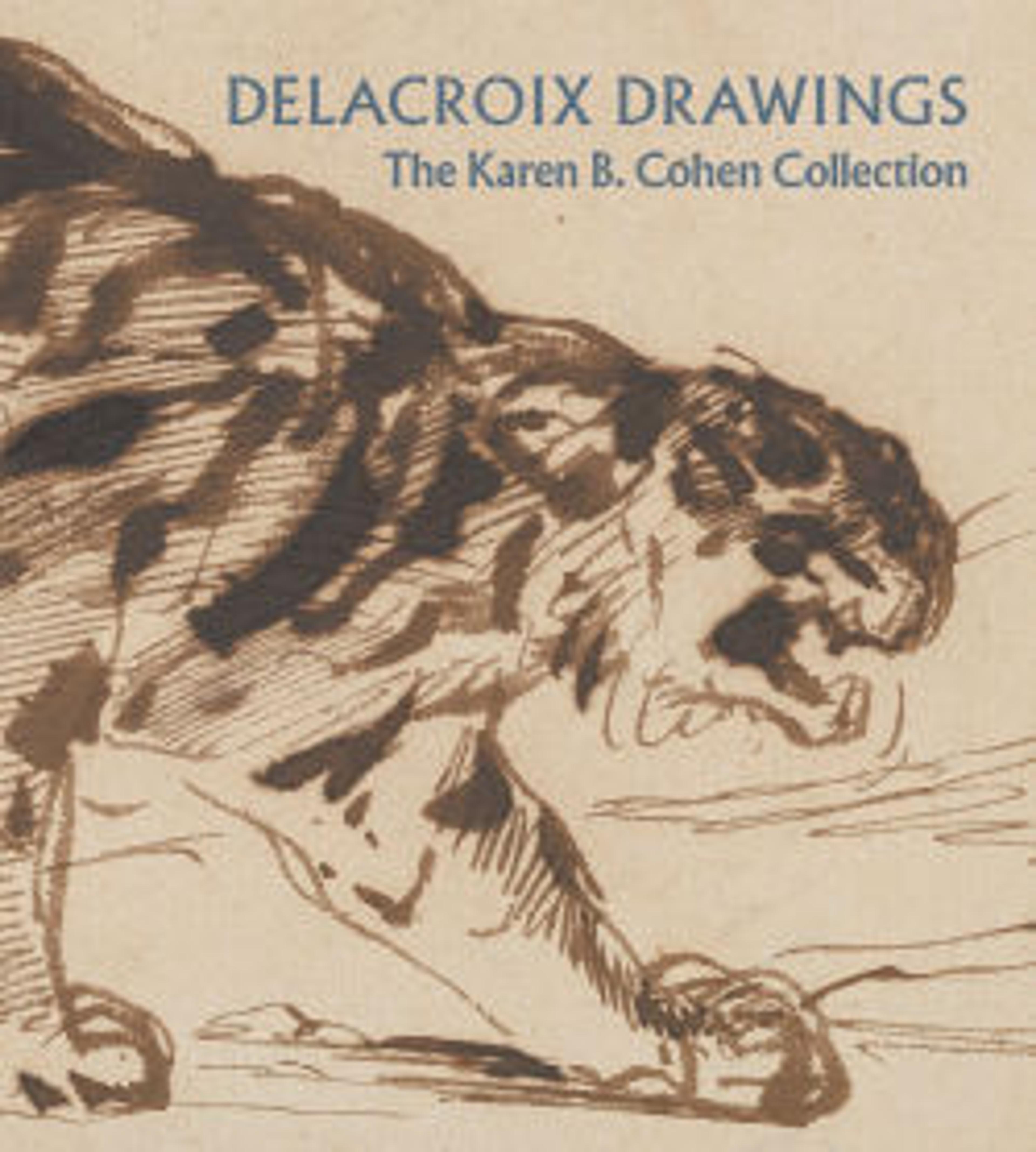The Iliad of Homer, The Odyssey of Homer, Compositions from The Tragedies of Aeschylus, and The Theogony, Works and Days of Hesiod
Before he arrived in Rome in 1787, Flaxman exhibited portraits and classical subjects in terracotta and plaster in London, and designed decorative reliefs for Josiah Wedgwood. During the seven years he spent in Italy, the sculptor developed a striking new style of outline drawing to illustrate famous poetic works by Homer and Aeschylus for private patrons, and the images were then engraved and published in Italy, France and Britain. Contemporaries saw these images as strikingly primitive, echoing the style of Greek vase painting, and well suited to archaic poetic subjects. Flaxman prefered to represent figures in profile, based furniture and costume on ancient sources, and used the open expanses of white paper to great psychological effect.
Artwork Details
- Title:The Iliad of Homer, The Odyssey of Homer, Compositions from The Tragedies of Aeschylus, and The Theogony, Works and Days of Hesiod
- Artist:After John Flaxman (British, York 1755–1826 London)
- Engraver:Tommaso Piroli (Italian, Rome 1752–1824 Rome)
- Engraver:William Blake (British, London 1757–1827 London)
- Engraver:James Parker (British, London 1750–1805 London)
- Engraver:James Neagle (British, London 1765–1822 Philadelphia, Pennsylvania)
- Publisher:Robert Harding Evans (British, 1778–1857) , London
- Publisher:John and Arthur Arch (London)
- Publisher:Jane Matthews (London)
- Publisher:Longman, Hurst, Rees, Orme and Brown
- Publisher:William Miller (British, 1769–1844)
- Subject of book:Homer (Greek, active 13th or 8th century BCE)
- Subject of book:Aeschylus (Greek, ca. 525 BCE–ca. 455 BCE Gela, Sicily)
- Subject of book:Hesiod (Greek, active ca. 700 BCE)
- Published in:London
- Date:1795–1817
- Medium:Illustrations: line engraving and stipple engraving (Hesiod only)
- Dimensions:Book: 11 3/16 × 17 5/8 × 2 5/16 in. (28.4 × 44.7 × 5.8 cm)
Plate: 7 11/16 x 10 1/4 in. (19.5 x 26.1 cm) - Classification:Books
- Credit Line:Gift of Harvey Smith, 1977
- Object Number:1977.595.53
- Curatorial Department: Drawings and Prints
More Artwork
Research Resources
The Met provides unparalleled resources for research and welcomes an international community of students and scholars. The Met's Open Access API is where creators and researchers can connect to the The Met collection. Open Access data and public domain images are available for unrestricted commercial and noncommercial use without permission or fee.
To request images under copyright and other restrictions, please use this Image Request form.
Feedback
We continue to research and examine historical and cultural context for objects in The Met collection. If you have comments or questions about this object record, please contact us using the form below. The Museum looks forward to receiving your comments.
